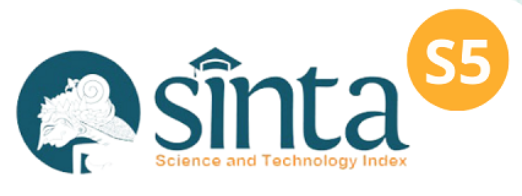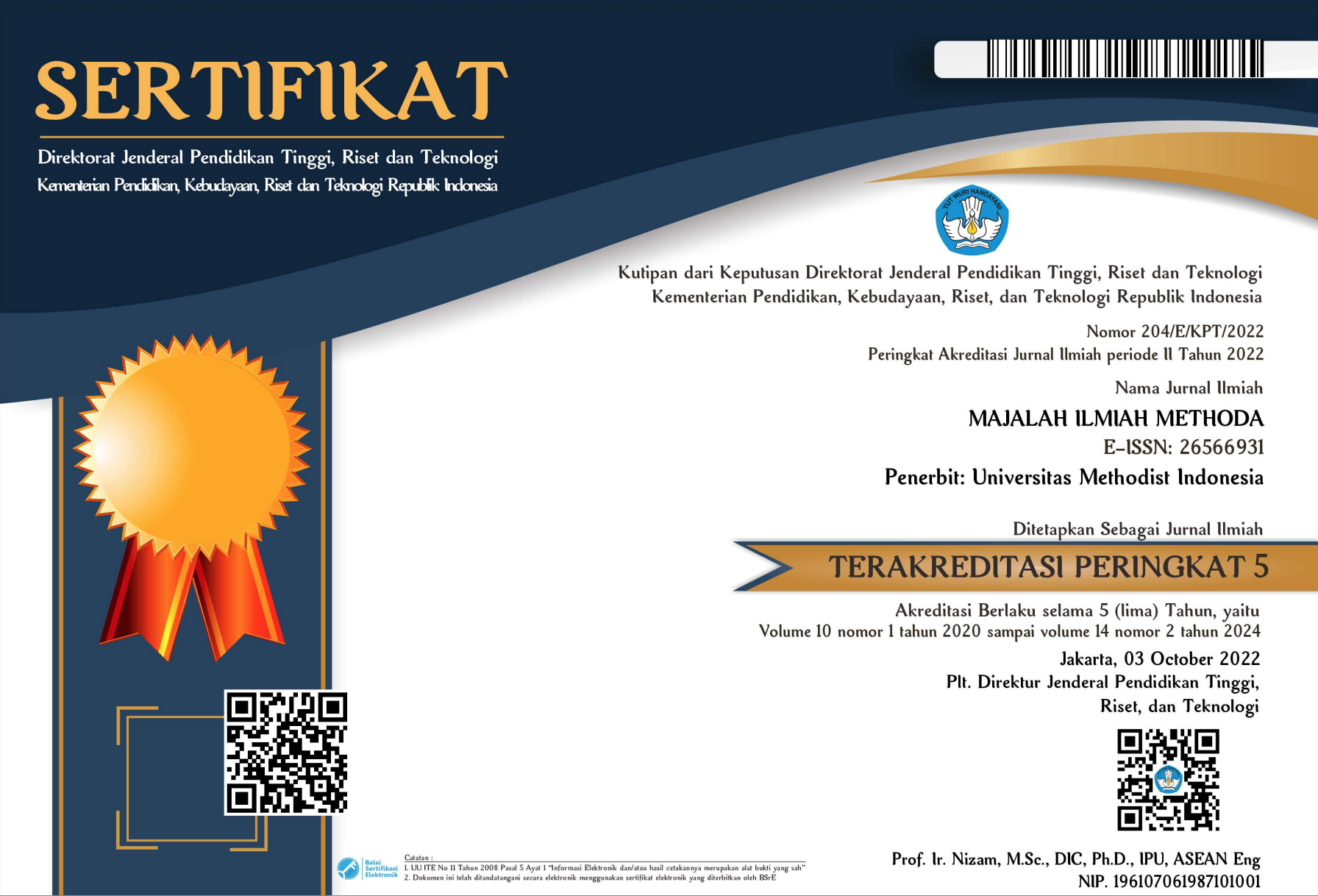PENGUKURAN ANTIBODI KUANTITATIF ANTIBODI ANTI-SARS-COV-2
Keywords:
antibody, antibody testing, COVID-19, infectious disease, SARS-CoV-2, serology, virology, immunoassayAbstract
The severe acute respiratory syndrome coronavirus 2 (SARS-CoV-2) is the causative agent of coronavirus disease 2019 (COVID-19). Molecular-based testing is used to diagnose COVID-19, and serologic testing of antibodies specific to SARS-CoV-2 is used to detect past infection. While most serologic assays are qualitative, a quantitative serologic assay was recently developed that measures antibodies against the S protein, the target of vaccines. Quantitative antibody determination may help determine anti- body titer and facilitate longitudinal monitoring of the antibody response, including antibody response to vaccines. We evaluated the quantitative Roche Elecsys anti-SARS- CoV-2 S assay. Specimens from 167 PCR-positive patients and 103 control specimens were analyzed using the Elecsys anti-SARS-CoV-2 S assay on the cobas e411 (Roche Diagnostics). Analytical evaluation included assessing linearity, imprecision, and analyti- cal sensitivity. Clinical evaluation included assessing clinical sensitivity, specificity, cross-reactivity, positive predictive value (PPV), negative predictive value (NPV), and se- rial sampling from the same patient. The Elecsys anti-SARS-CoV-2 S assay exhibited its highest sensitivity (84.0%) at 15 to 30 days post-PCR positivity and exhibited no cross- reactivity, a specificity and PPV of 100%, and an NPV between 98.3% and 99.8% at ≥ 14days post-PCR positivity, depending on the seroprevalence estimate. Imprecision was ,2% at 9.06 U/ml across 6days, the negative quality control (QC) was consis- tently negative (,0.40 U/ml), the manufacturer’s claimed limit of quantitation of 0.40 U/ml was verified, and linearity across the analytical measuring range was observed, except at the low end (,20 U/ml). Lastly, antibody response showed high interindivid- ual variation in level and time of peak antibody titer and trends over time.










